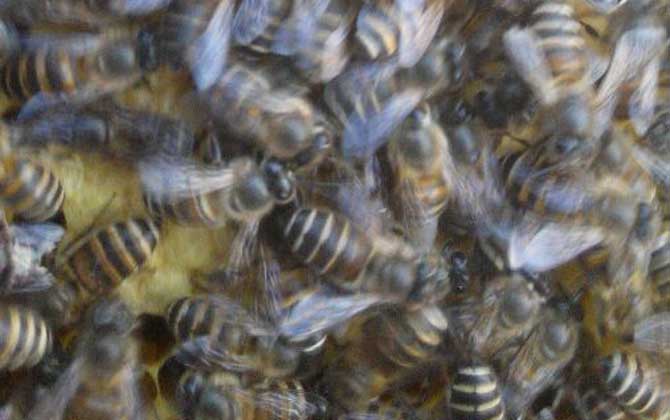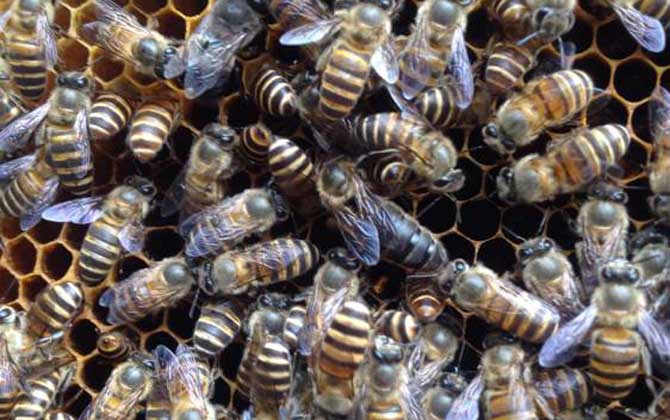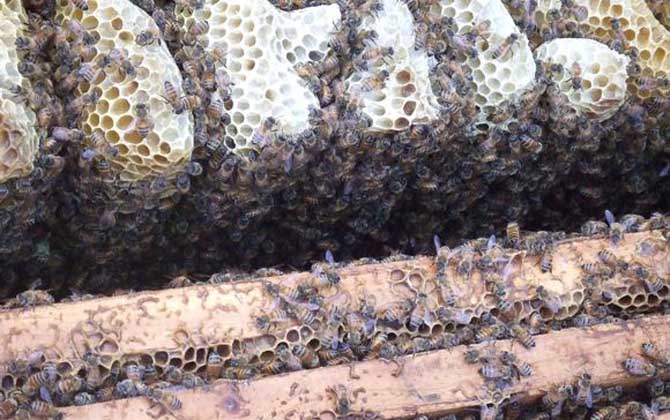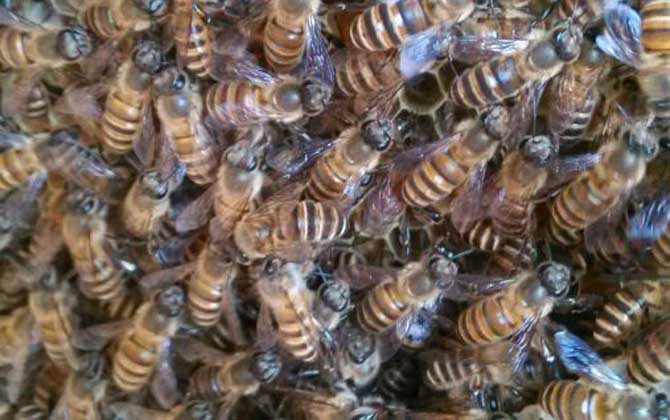Beekeeping: An Ancient Yet Modern Agricultural Endeavor
Beekeeping is both an ancient and innovative farming practice. Its history can be traced back over 3,000 years to China’s Shang Dynasty, while modern advancements like the invention of movable-frame hives have revolutionized the industry. With proper management, beekeeping can be an effective path to poverty alleviation. Let’s explore how much income beekeeping can generate annually.

I. Industry Prospects
Known as the “sweet enterprise,” beekeeping offers multiple advantages:
- Low space requirements: Doesn’t occupy farmland
- Minimal resource consumption: No grain needed
- Quick returns: Short production cycle with high yields
- Ecological benefits: Enhances crop pollination efficiency by 30-50%
China’s diverse geography provides abundant nectar sources across seasons. Mountainous regions particularly offer rich biodiversity with over 9,000 species of nectar plants, making them ideal for apiary development.

II. Initial Investment
Typical startup costs per hive (Chinese honey bee):
| Item | Cost Range (CNY) |
|---|---|
| Bee colony | 500-600 |
| Equipment (hive, frames) | 100 |
| Feed & Medicine | 30 |
| Total Year 1 | 630 |
| Subsequent Years | 30 |
*Feed primarily consists of sugar syrup for winter maintenance. Professional beekeepers typically maintain 50-200 hives for commercial viability.

III. Profit Potential
Key revenue streams:
- Honey production (main source)
- Beeswax sales
- Royal jelly production
- Pollination services
Economic breakdown per hive:
- Average annual yield: 10 lbs (5-15 lbs range)
- Market price: ¥150/lb (premium organic honey reaches ¥250/lb)
- Gross income: ¥2,000
- Net profit Year 1: ¥1,370
- Net profit Subsequent Years: ¥1,800

IV. Efficiency Factors
1. Bee Species Selection
- Chinese Honey Bees: Lower yield (8-15 lbs/hive) but higher price
- Italian Bees: Higher yield (50-100 lbs/hive) but lower market value
2. Climate Impact
Key meteorological considerations:
- Ideal temperature range: 15-25°C
- Critical rainfall threshold: <3 rainy days during nectar flow
- Optimal humidity: 40-80%
3. Technical Expertise
Essential skills for success:
- Swarm management
- Disease prevention (e.g., American Foulbrood control)
- Queen rearing techniques
- Seasonal hive maintenance

V. Risk Management
1. Genetic Risks
Prevention strategies:
- Purchase from certified breeders
- Request genetic documentation
- Start with trial colonies
2. Market Volatility
Current market trends:
- Global honey demand growth: 4.2% CAGR (2020-2027)
- Value-added products (e.g., comb honey) command 30% premium
- Direct-to-consumer sales via e-commerce platforms increase margins by 40%
3. Technical Challenges
Essential training resources:
- Beekeeping associations’ certification programs
- Government-sponsored agricultural workshops
- Apprenticeship with experienced apiarists
Successful beekeepers typically achieve break-even within 18 months, with ROI reaching 200-300% by the third year. Modern techniques like precision apiculture (sensor-equipped hives) can further increase productivity by 25% while reducing labor costs.